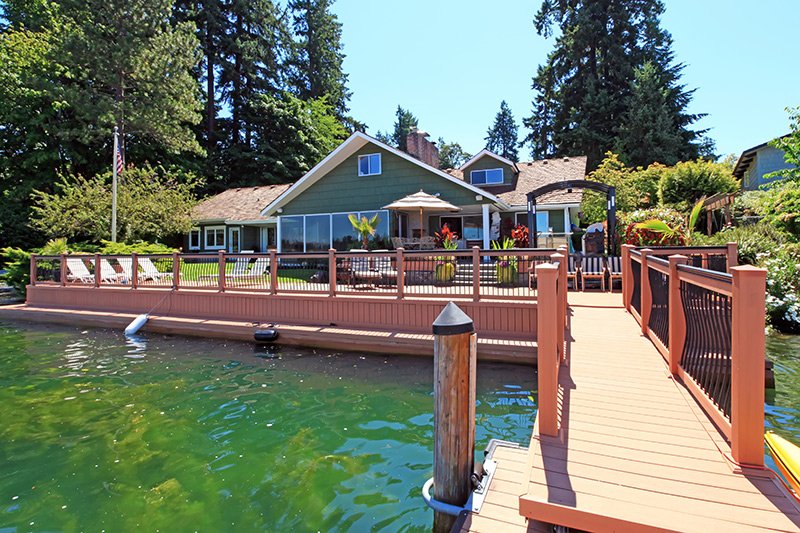 In the past 5 years, all 50 states have experienced floods or flash floods.
In the past 5 years, all 50 states have experienced floods or flash floods.- Everyone lives in a flood zone.
- Homeowners insurance does not cover flood damage.
- If you live in a Special Flood Hazard Area (SFHA) or high-risk area and have a federally backed mortgage, your mortgage lender requires you to have flood insurance.
- Just a few inches of floodwater can cause tens of thousands of dollars in damage.
- Flash floods often bring walls of water 10 to 15 feet high.
- A car can be easily carried away by just 2 feet of rushing water.
- Hurricanes, winter storms and snowmelt are common (but often overlooked) causes of flooding.
- New land development can increase flood risk, especially if the construction changes natural runoff paths.
- Federal disaster assistance is usually a loan that must be paid back with interest. For a $50,000 loan at 4% interest, your monthly payment would be around $240 a month ($2,880 a year) for 30 years. Compare that to a $100,000 flood insurance premium, which is about $400 a year ($33 a month).
- A Preferred Risk Policy provides both building and contents coverage for properties in moderate- to low-risk areas for one low price.
- You are eligible to purchase flood insurance as long as your community participates in the National Flood Insurance Program.
- In most cases, it takes 30 days after purchase for a policy to take effect, so it's important to buy insurance before the storm approaches and the floodwaters start to rise.
- In a high-risk area, your home is more likely to be damaged by flood than by fire.
- Even though flood insurance isn't federally required, anyone can be financially vulnerable to floods. In fact, people outside of mapped high-risk flood areas file more than 20 percent of all National Flood Insurance Program flood insurance claims and receive one-third of Federal disaster assistance for flooding.
- From 2006 to 2015, total flood insurance claims averaged $1.9 billion per year.
- When your community participates in the Community Rating System (CRS), you can qualify for an insurance premium reduction discount of up to 45 percent if you live in a high-risk area and up to 10 percent in moderate- to low-risk areas.
- Since 1978, the NFIP has paid nearly $52 billion for flood insurance claims and related costs.
- The two most common reimbursement methods for flood claims are: Replacement Cost Value (RCV) and Actual Cash Value (ACV). The RCV is the cost to replace damaged property. It is reimbursable to owners of single-family, primary residences insured to at least 80% of the building's replacement cost.
For more information on flood insurance in MA contact Lallis & Higgins Insurance.
floodsmart.gov
|

